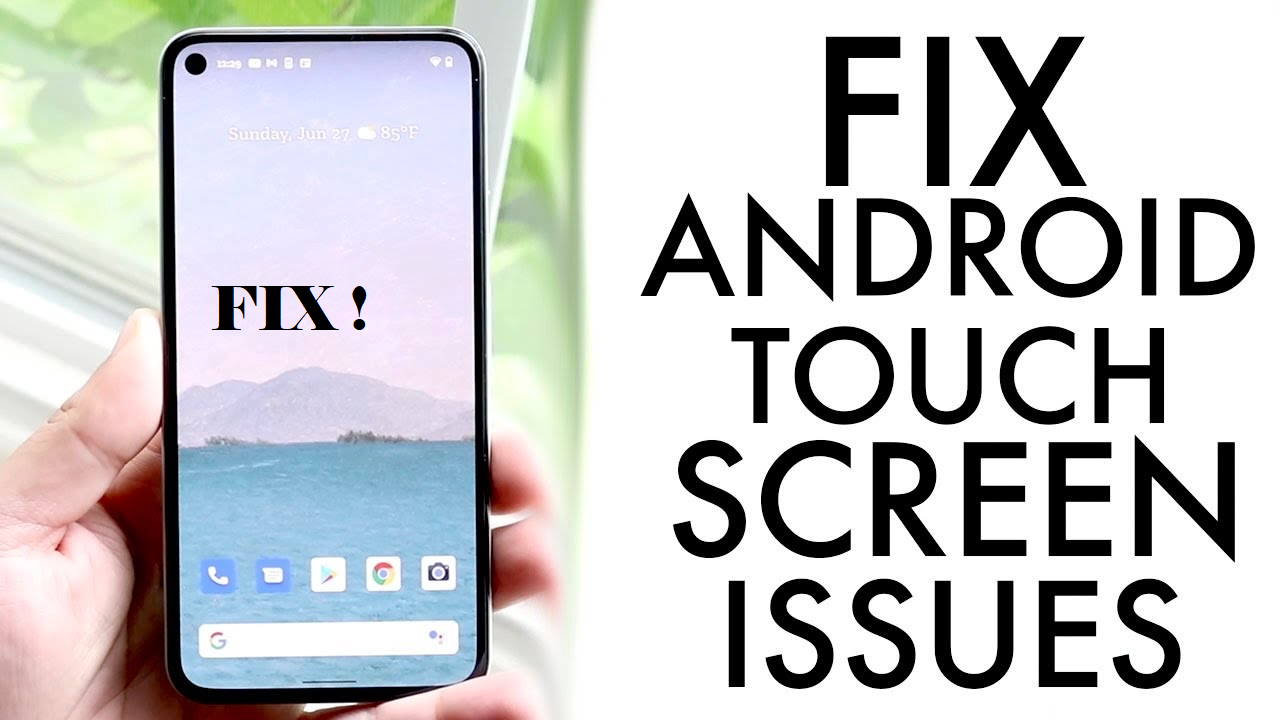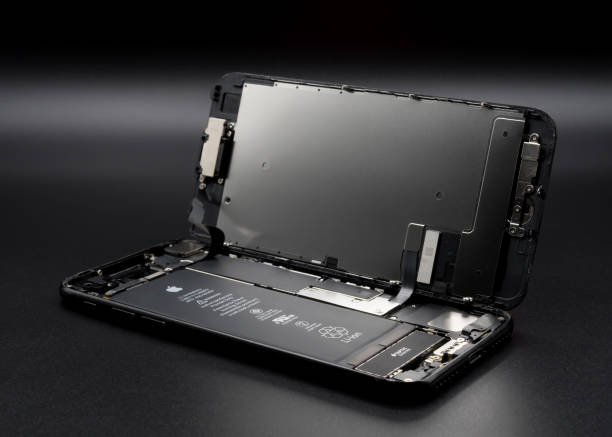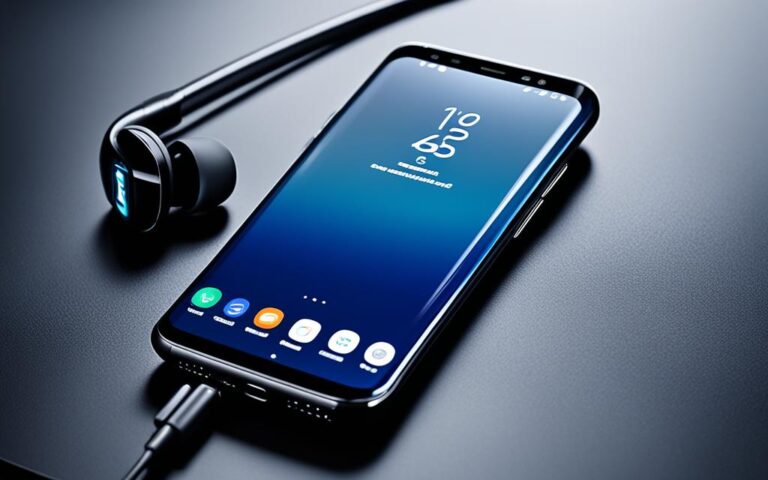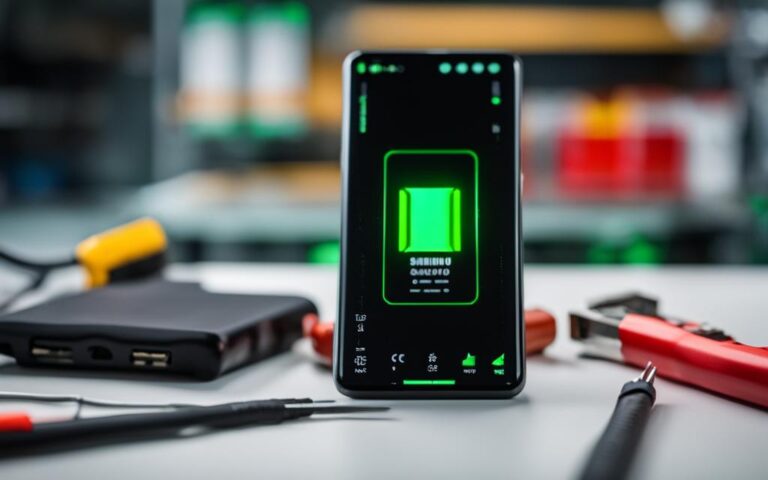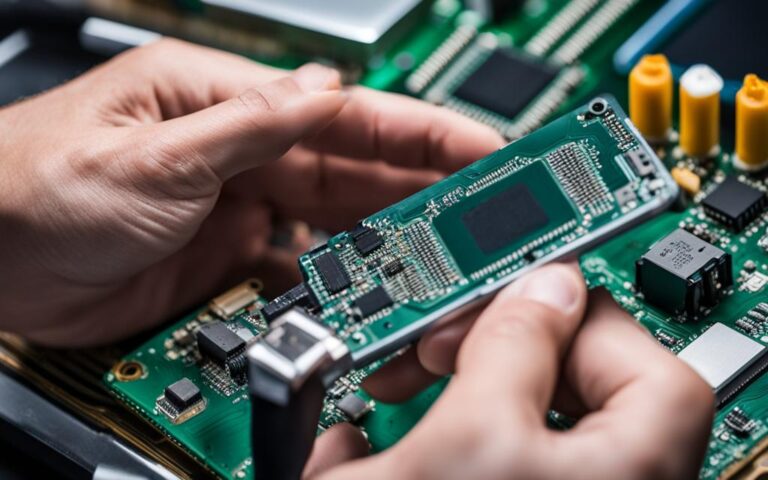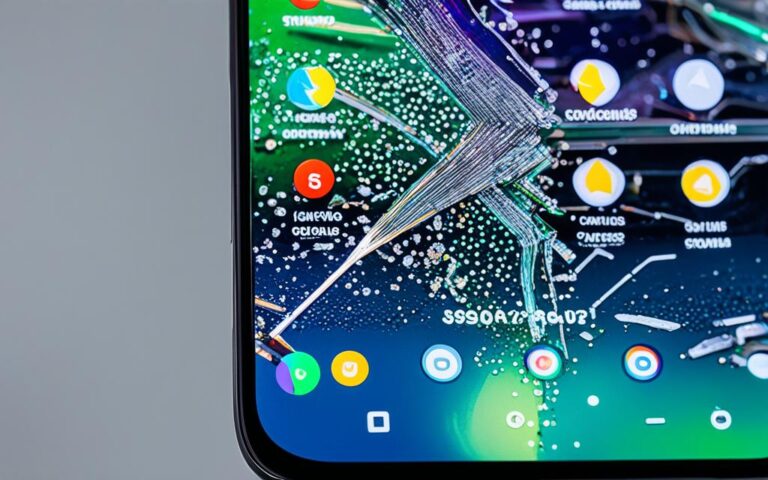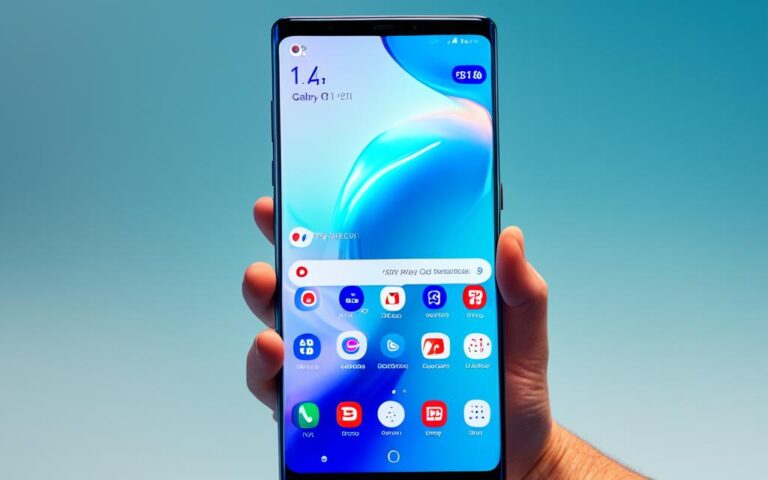How to Fix Touchscreen Sensitivity Issues
Touchscreen sensitivity issues can be a significant hindrance in our increasingly digital lives. Whether you’re dealing with unresponsive areas, over-sensitivity, or erratic behavior, these issues can make even the simplest tasks frustrating. This comprehensive guide aims to help you diagnose and resolve touchscreen sensitivity issues on various types of smartphones. We’ll walk you through the common causes, troubleshooting steps, and when it might be time to seek professional repair services. By the end of this guide, you’ll be well-equipped to tackle any touchscreen woes and get your device back to optimal performance.
Common Causes of Touchscreen Sensitivity Issues
One of the first steps in resolving touchscreen sensitivity issues is understanding the root causes. These can range from hardware malfunctions and software glitches to external factors like screen protectors and even weather conditions. Below are some of the most common causes:
Hardware Issues
Physical Damage: One of the most straightforward reasons for touchscreen sensitivity issues is physical damage. A cracked or deeply scratched screen can interfere with the touch interface, making it less responsive or entirely unresponsive in certain areas.
Digitizer Malfunctions: The digitizer is the component that processes touch inputs. If it’s malfunctioning, you’ll likely experience issues with touchscreen sensitivity. This usually requires professional repair to resolve.
Software Glitches
Outdated Operating System: Running an outdated version of your phone’s operating system can lead to various issues, including touchscreen sensitivity problems. Always make sure to update your device to the latest available software.
App Conflicts: Sometimes, third-party apps can interfere with your phone’s normal operations. If you notice that your touchscreen acts up when a particular app is open, that app might be the culprit.
Screen Protectors and Accessories
Type of Protector: Not all screen protectors are made equal. Some may be too thick or not adequately adhered, causing issues with touch sensitivity. Always opt for high-quality screen protectors specifically designed for your phone model.
Improper Installation: Even a good screen protector can cause problems if not installed correctly. Air bubbles or misalignment can affect touch sensitivity.
Environmental Factors
Temperature: Extremely cold or hot conditions can affect your device’s performance. Cold weather can make the touchscreen less responsive, while hot conditions can make it overly sensitive.
Humidity: High levels of humidity can cause your screen to register “ghost” touches, where it seems like the screen is being touched even when it’s not.
Troubleshooting Steps for Touchscreen Sensitivity Issues
When you encounter touchscreen sensitivity issues, it’s crucial to take a systematic approach to troubleshoot and resolve the problem. Here are some steps you can follow:
Basic Checks
- Screen Cleanliness: Ensure that your screen is clean. Dirt, grime, and oils can interfere with touch sensitivity.
- Screen Protector: If you have a screen protector, make sure it’s properly applied. A poorly applied screen protector can cause touch issues.
Software Troubleshooting
- Calibration: Some phones offer touchscreen calibration in the settings. Navigate to your phone’s settings to see if this option is available and calibrate accordingly.
- Safe Mode: Booting your phone in safe mode can help you identify if a third-party app is causing the issue. If the touchscreen works fine in safe mode, you may need to uninstall problematic apps.
- Software Updates: Always keep your phone’s software up-to-date. Manufacturers often release updates that fix bugs, including touchscreen issues.
Hardware Troubleshooting
- Professional Diagnosis: If you’ve tried all the above steps and still experience issues, it may be time for a professional repair. A qualified technician can run diagnostic tests to determine if your phone’s hardware is the issue.
For a more comprehensive guide on troubleshooting touchscreen issues, you can refer to this article from Samsung.
Preventive Measures to Avoid Touchscreen Sensitivity Issues
Taking preventive measures can significantly reduce the likelihood of encountering touchscreen sensitivity issues. Here’s a more in-depth look at each preventive measure:
Regular Cleaning
Regular cleaning is not just about wiping your screen; it’s about using the right materials and techniques. Use a soft, lint-free cloth and gently wipe in a circular motion. Avoid using harsh chemicals or abrasive materials as they can damage the screen and affect its sensitivity.
Quality Screen Protectors
When it comes to screen protectors, not all are created equal. Opt for ones that have high touch sensitivity ratings and are designed specifically for your phone model. A poor-quality screen protector can actually exacerbate touch issues, so it’s worth investing in a good one.
Software Updates
Keeping your phone’s software up-to-date is crucial. Manufacturers often release patches that address various issues, including touchscreen sensitivity. To ensure you’re always running the latest version, enable automatic updates in your phone’s settings.
Avoid Extreme Conditions
Extreme temperatures, both hot and cold, can affect your phone’s performance. If you’re in a cold environment, try to keep your phone in an inside pocket close to your body heat. In hot conditions, avoid leaving your phone in direct sunlight for extended periods.
Handle with Care
Being mindful of how you handle your phone can prevent many issues, including those related to the touchscreen. Avoid dropping your phone or putting it in situations where it could be subjected to physical stress, such as in a bag with heavy objects.
By taking these preventive steps, you not only ensure the longevity of your device but also minimize the chances of running into touchscreen sensitivity issues.
Professional Services for Touchscreen Sensitivity Issues
If you’ve tried all the preventive measures and troubleshooting steps but still face touchscreen sensitivity issues, it may be time to consult a professional repair service. Experts in the field can diagnose the problem accurately and offer targeted solutions. They have specialized equipment and software to calibrate the touchscreen and restore its optimal functionality.
For those interested in understanding the technical aspects of touchscreen calibration and repair, this article from MakeUseOf provides valuable insights. It covers various tips to fix a broken touchscreen or work around it, which can be particularly useful if you’re looking to understand the issue before seeking professional help.
Why Choose Professional Services?
Choosing a professional repair service is crucial for several reasons:
- Expertise: Professionals have the necessary training and experience to handle a wide range of issues, including those related to touchscreen sensitivity.
- Specialized Tools: Repair services have access to advanced diagnostic tools and software that can pinpoint the exact issue, making the repair process more efficient.
- Warranty: Many professional services offer a warranty on their repairs, giving you peace of mind that if the issue recurs, it will be addressed without additional cost.
- Time-Saving: While DIY methods can be time-consuming and risky, professional services can resolve the issue quickly and effectively.
By opting for a professional repair service, you ensure that your device is in capable hands, reducing the risk of further damage and ensuring a long-lasting solution to your touchscreen sensitivity issues.
Frequently Asked Questions (FAQs) About Touchscreen Sensitivity Issues
What Causes Touchscreen Sensitivity Issues?
Touchscreen sensitivity issues can be caused by a variety of factors, including software glitches, hardware malfunctions, or even environmental conditions like extreme temperatures.
Can Software Updates Fix Touchscreen Issues?
Yes, software updates often include patches that can resolve touchscreen sensitivity issues. Always make sure your device is updated to the latest software version.
Is it Safe to Use DIY Methods to Fix Touchscreen Issues?
While some DIY methods can offer temporary relief, they may not provide a permanent solution. For complex issues, it’s advisable to consult a professional repair service.
How Much Does it Cost to Fix Touchscreen Sensitivity Issues?
The cost can vary depending on the severity of the issue and the service provider. Always get a quote from a professional repair service before proceeding with the repair.
Can a Screen Protector Affect Touchscreen Sensitivity?
Yes, a poor-quality screen protector can affect the touchscreen’s performance. Always opt for a high-quality screen protector designed for your specific phone model.
What are the Signs of a Failing Touchscreen?
Signs of a failing touchscreen can include unresponsive areas, ghost touches, or erratic behavior. If you experience any of these symptoms, it’s best to consult a professional repair service.
By addressing these common questions, we hope to provide you with a comprehensive understanding of touchscreen sensitivity issues and how to deal with them effectively.
Conclusion
Understanding and addressing touchscreen sensitivity issues can be a daunting task, especially with the plethora of information available online. However, the key to resolving these issues effectively lies in a combination of preventive measures, troubleshooting, and when necessary, seeking help from a professional repair service.
By taking a proactive approach, such as regular cleaning and software updates, you can minimize the risk of encountering these problems. But when issues do arise, it’s crucial to act swiftly and consult experts in the field. This ensures that your device is in capable hands and that you’re not causing further damage by attempting DIY solutions that may not be effective in the long run.
Whether you’re dealing with minor glitches or more severe problems, this guide aims to equip you with the knowledge and resources to make informed decisions about resolving touchscreen sensitivity issues.
